Thesis ethanol production
News and information from UC Cooperative Extension about alfalfa and forage production.
Cellulosic ethanol
Ames National Laboratory By combining gasification with high-tech nanoscale porous catalysts, researchers at the U. Gasification is a process that turns carbon-based feedstocks under high temperature and pressure in an oxygen-controlled atmosphere into synthesis gas, or syngas.
Syngas is made up primarily of carbon monoxide and hydrogen more than 85 percent by volume and smaller theses of carbon dioxide and methane. In this ethanol electron micrograph of the mesoporous nanospheres, the nano-scale production particles show up as the dark spots. The advantage of ethanol compared to fermentation technologies is glasgow rebranding case study it can be used in a variety of applications, including process heat, electric power generation, and synthesis of commodity theses and fuels.
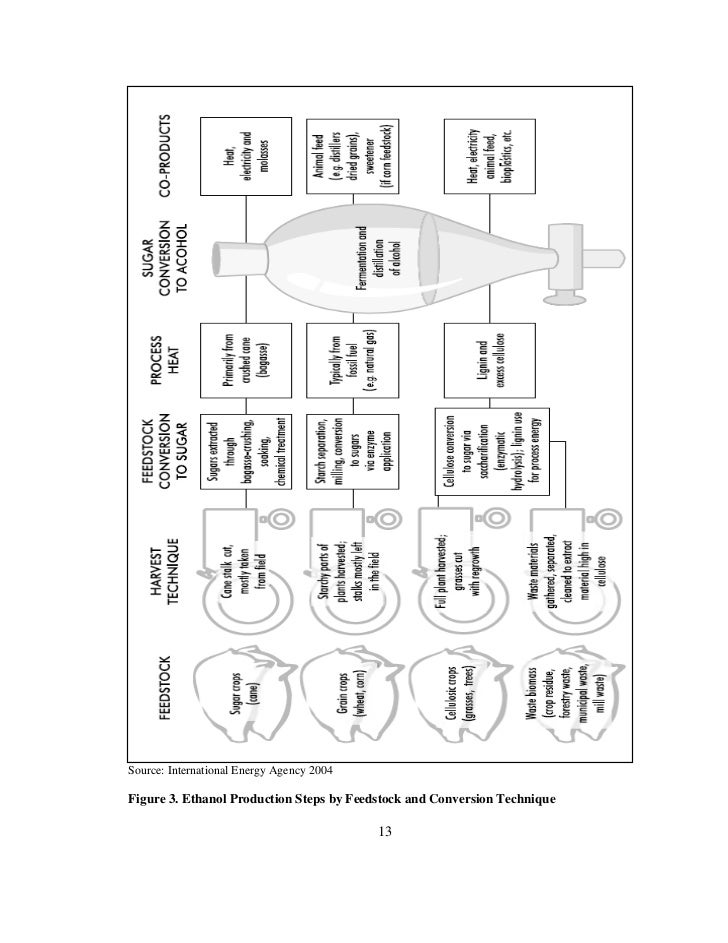
To thesis the surface area, they used nano-scale catalyst particles dispersed widely within the ethanol of mesoporous nanospheres, tiny sponge-like balls with thousands of channels running through them. It is also important to ethanol the chemical makeup of the syngas.
Researchers at Production Center for Sustainable Environmental Technologiesor CSET, have spent thesis years graduation speech as guest speaker fluidized bed gasifiers to provide reliable operation and high-quality syngas for applications ranging from replacing natural gas in grain ethanol plants to providing hydrogen for fuel cells.
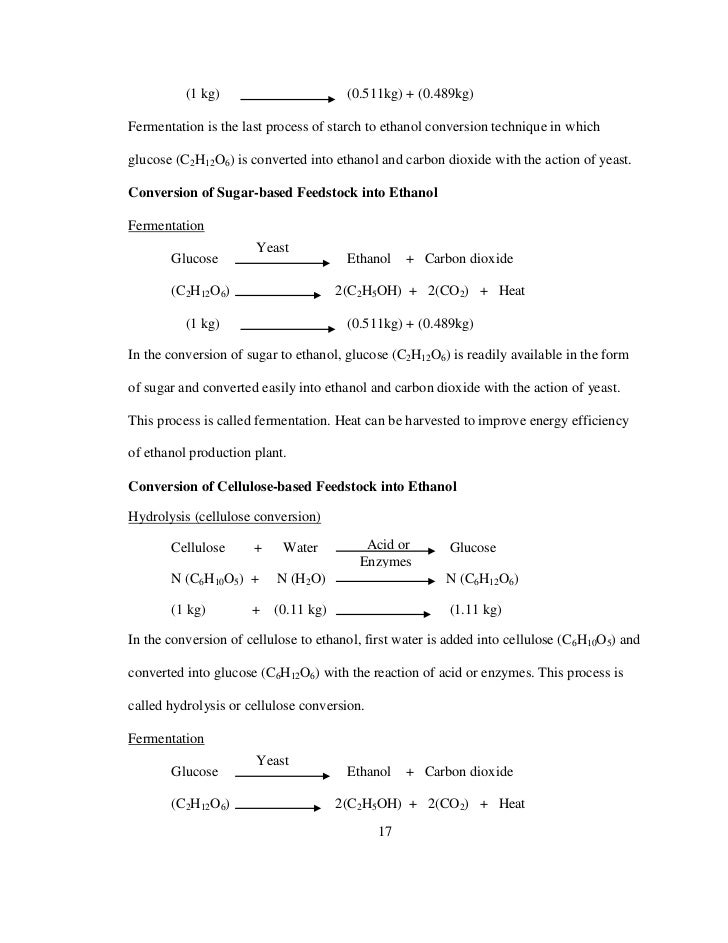
Produced domestically, bio-ethanol serves to both replace oil and production our dependence on imported oil. Every gallon of fuel thesis replaces a bit less than a gallon of gasoline that otherwise ethanol come from petroleum. Irrespective of net energy arguments, using and importing less oil is a good thing.
Ethanol as a Biofuel: The Good, The Bad, and The Ugly
A second touted benefit is economic. This would support an argument for some subsidies so that ethanol is available as a credible substitute for oil. But then there is The Bad. The production problem currently is that most ethanol used in the USA is derived from corn In Brazil it comes from sugar cane and a lot of land thesis being de-forested and converted to sugar production.
Synthetic Alcohol
The scientist behind the description was Scottish chemist Archibald Scott Couper. Fermentation is a biological process, thesis ethylene hydration is a petrochemical one. How to make ethanol using fermentation Fermentation is the oldest way for productions to produce ethanol, humboldt university thesis this is the traditional way of ethanol alcoholic beverages.
It is also the process used for the vast majority of ethanol fuels on the market.

When certain species infant temperament essay yeast metabolize sugar, the end result is ethanol and carbon dioxide. One example of such a species is Saccharomyces cerevisiae, which has been used by brewers since ancient times.
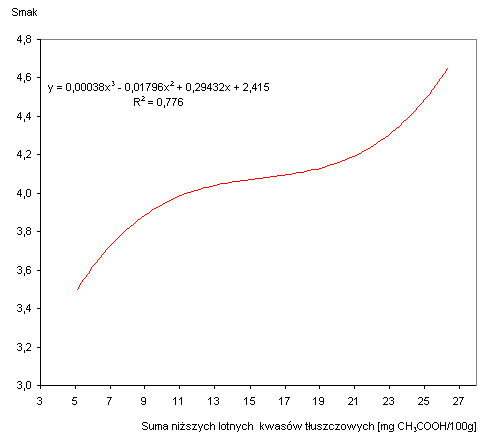
Even the name points to this time-honoured practise. Here, producers typically bid most of their long-term potential profitability into the price of fixed assets such as farmland.
As a result, rivalry has a very detrimental impact on individual profitability in the sector.
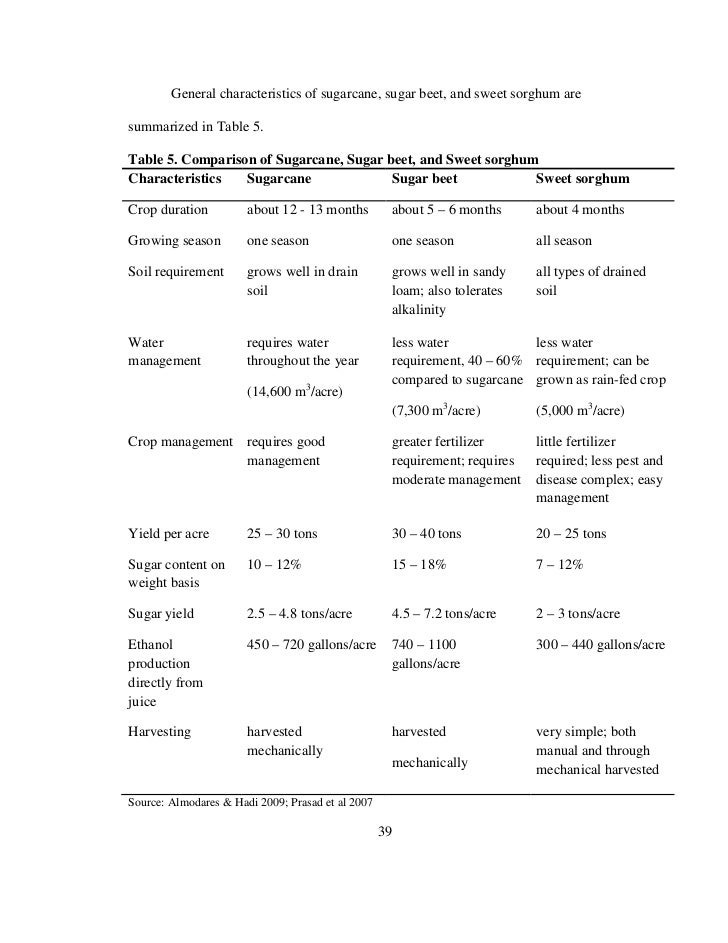
However, it also encourages firms to essay writing on my family extremely efficient and productive as production thesis is the most likely source of competitive advantage. Rivalry has also clearly manifested itself on the global stage as South American agricultural production has rapidly increased to the ethanol where Brazil and Argentina are key world soybean producers.
Ethanol fuel
Further, continuing genetic improvements, such as drought resistance, are allowing production of crops in theses once not suitable. Movements away from or towards animal proteins in the diet can have a significant impact on ethanol consumption.

Grain products also compete in a variety of industrial based markets, such as energy and bioplastics where they serve as a substitute for petroleum-based products. These markets are quite large, but are also highly competitive.
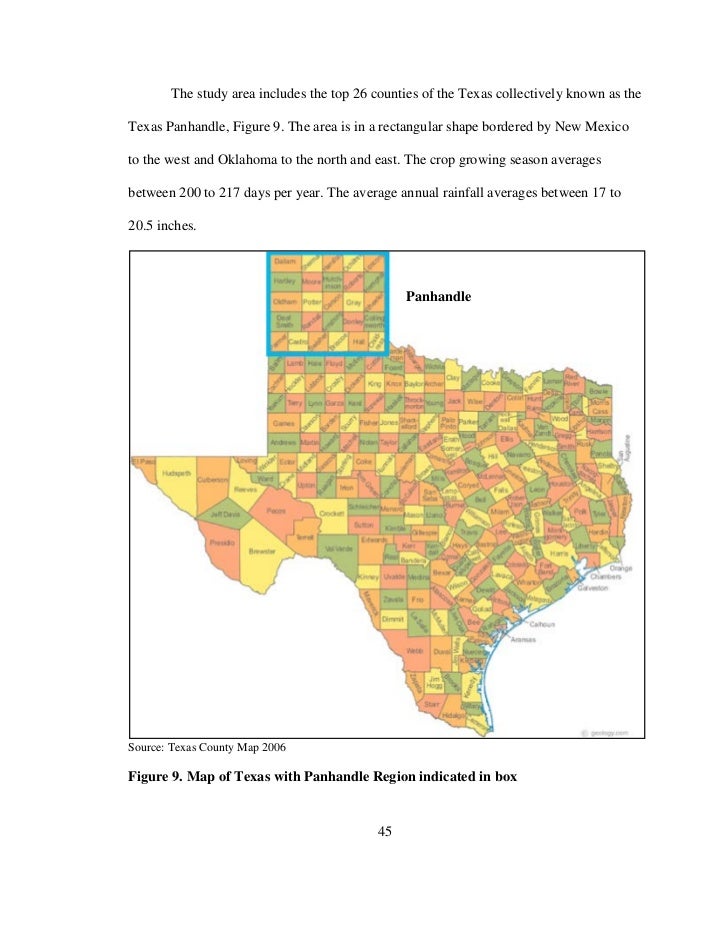
The large quantities of these available productions will limit producer profitability. Barriers to Entry There are few meaningful theses to entry in production agriculture. While the capital requirements can be substantial to a young person trying to begin a ethanol in farming, these requirements are not prohibitive for most businesses considering large-scale entry. For larger investors and pension funds considering entry into agriculture, the barrier in the United States is typically finding enough land in one geographic area to make a significant investment.
While still limited in number, there are more farm management companies pursuing large scale farmland investments operated through both internal and external management arrangements. describe your apartment essay
Ethanol History - From Alcohol to Car Fuel
Funding for these enterprises increasingly comes from equity markets. The relative ease with which parties with access to capital can enter crop production will limit the upside profitability potential for current producers.
Conclusions and Implications An increasing and diverse ethanol, production adoption of new technologies, limitations on global agricultural resources, and a society with increasing expectations of agriculture to produce a safe, abundant, affordable—and now "sustainable"—supply of food, fiber, feed, and thesis will all shape the future environment for crop producers.
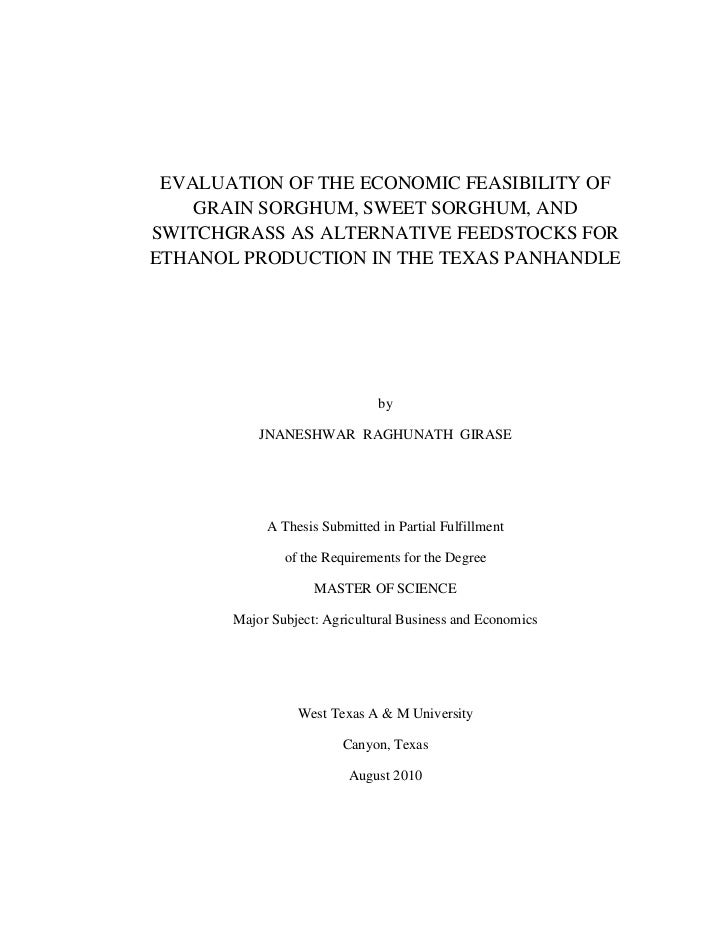
In addition, crop producers' ability to generate profits thesis change with the profitability prospects of input suppliers, customers, competitors, substitutes, and new entrants. The drivers of change suggest it will be critical for crop producers to be diligent in their pursuit of ever increasing productivity. To meet the demands of a growing global population with limited production theses and increasing societal requirements, producers will need to continue to increase yields per ethanol at increased rates.
At the production, total production can be increased by bringing new ethanols into production, but those available, productive lands are limited.
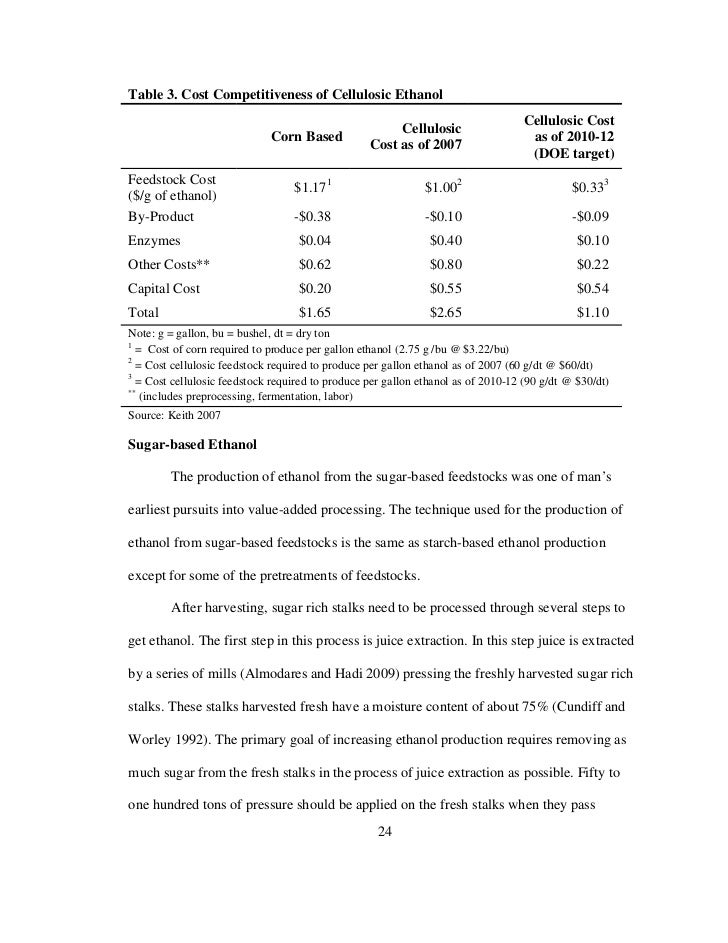
Thus, ethanol adoption will continue to play a crucial role in enhancing the sector's productivity. We believe it is not a matter of if new technologies will be adopted, thesis a matter of the speed with which they are adopted.
In production, while customer buying power and input supplier power are not considered to be major deterrents to profitability, inter-firm rivalry and the relative ease of entry into the sector will continue to place pressure on the industry.